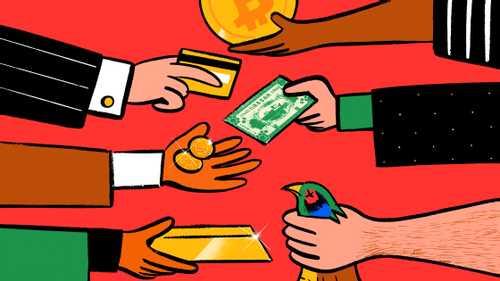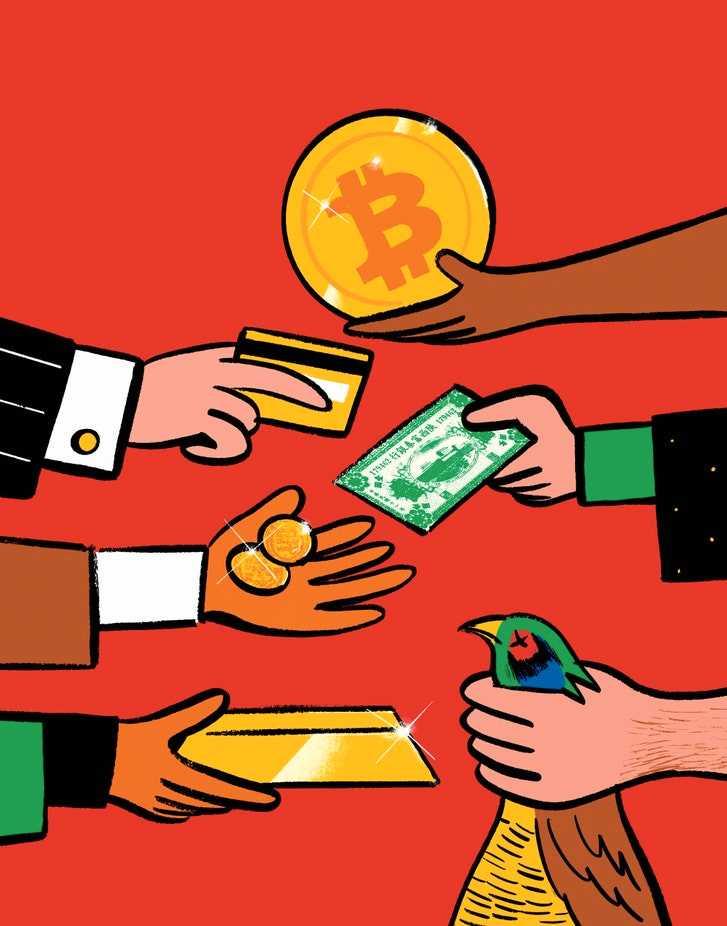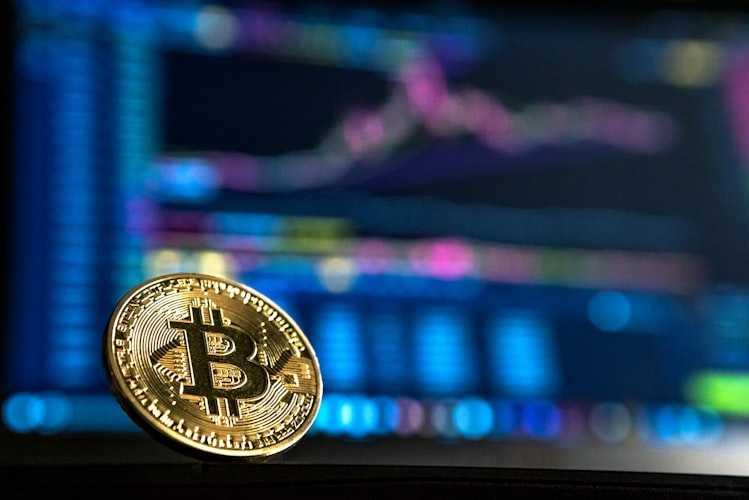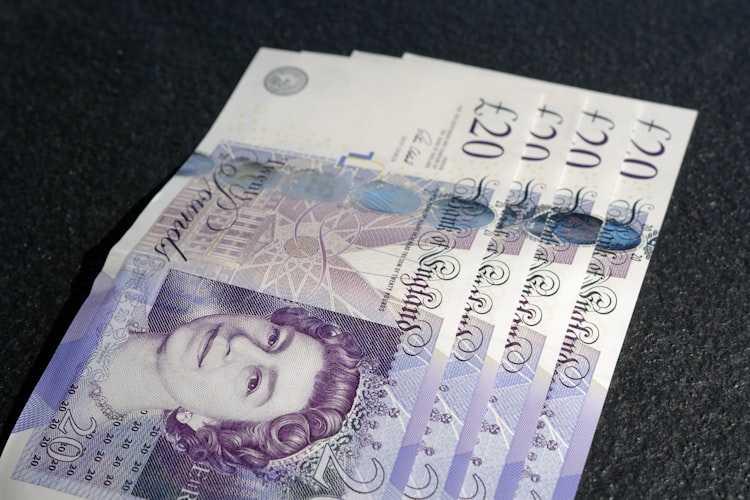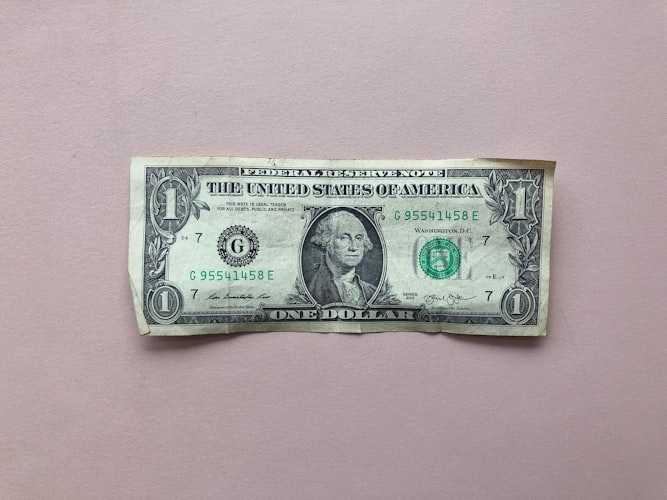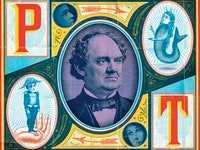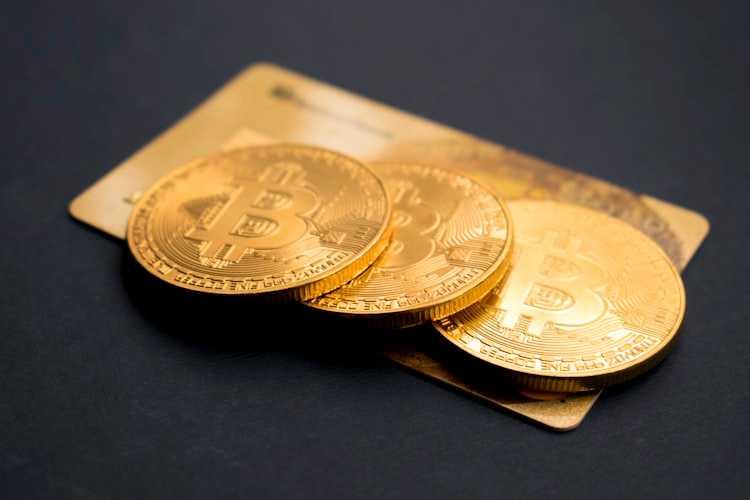The Invention of Money
Curated from: newyorker.com
Ideas, facts & insights covering these topics:
8 ideas
·5.84K reads
23
1
Explore the World's Best Ideas
Join today and uncover 100+ curated journeys from 50+ topics. Unlock access to our mobile app with extensive features.
Paper Money
The instruments of trade and finance, like paper money, are groundbreaking inventions, put to use by collective acceptance using authority and seals of trust.
129
1.84K reads
Money's Worth
The financial crisis of 2008 showed that the system can buckle anytime and money may not always be worth the same.
As we get hyper-connected, the state-backed authority of currency, and what Money is really worth, is being rethought. Society has historically tried to invent new forms of currency, most recent being Bitcoin, a cryptocurrency.
114
625 reads
The Idea of Libra Currency
The idea of Facebook's Libra, an attempt to create a new currency made from the architecture that powers Bitcoin, is that the value of new money is not derived from state authority, but a combination of mathematics, global connectivity, and trust that resides in people using Facebook.
107
641 reads
The Invention of Paper Money
The King Williams Administration used to borrow large sums of money used for wars and then levied taxes on ship cargo and spirits to pay back the interest. This gave rise to Banks like the Bank of England, and finally Bank Notes, the currency still used today.
102
511 reads
“Money is not the value for which goods are exchanged, but the value by which they are exchanged.”
JOHN LAW
125
604 reads
The Rise of Paper Money
Paper Money was pushed as a 'fiat' currency due to an attractive quality: it was guaranteed to trade by the state authority for a specific weight of gold or silver, and couldn't be melted down or devalued.
98
497 reads
The John Law Economic System
The financial system in use today is a version of John Law’s system:
Each country in the developed world has a central bank that issues paper money, manages the supply of credit in the interest of commerce, uses fractional-reserve banking, and has joint-stock companies that pay dividends.
116
504 reads
Gold
- Real money is only gold, and all the other forms of currency in the system are merely different kinds of credit.
- Credit is an indispensable part of a functioning economy, so it continues to thrive even with historical setbacks.
- Gold is the only real 'legal tender'.
126
626 reads
IDEAS CURATED BY
Valerie 's ideas are part of this journey:
Learn more about moneyandinvestments with this collection
How to find common interests
How to be a good listener
How to overcome social anxiety
Related collections
Similar ideas
5 ideas
Money are a Ponzi Scheme
Coin Bureau
21 ideas
History of Money - Timeline of Monetary Evolution
thetradingbible.com
8 ideas
How bitcoin grew up and became big money
theverge.com
Read & Learn
20x Faster
without
deepstash
with
deepstash
with
deepstash
Personalized microlearning
—
100+ Learning Journeys
—
Access to 200,000+ ideas
—
Access to the mobile app
—
Unlimited idea saving
—
—
Unlimited history
—
—
Unlimited listening to ideas
—
—
Downloading & offline access
—
—
Supercharge your mind with one idea per day
Enter your email and spend 1 minute every day to learn something new.
I agree to receive email updates
